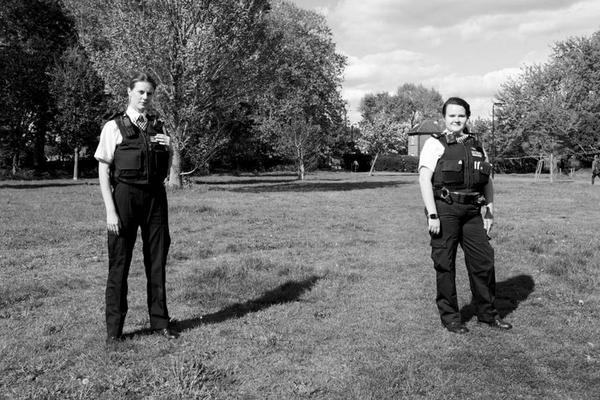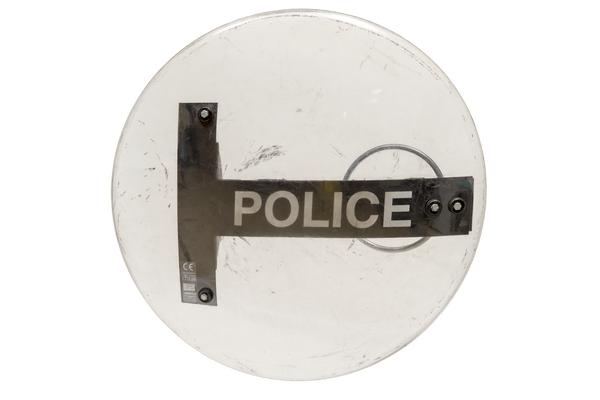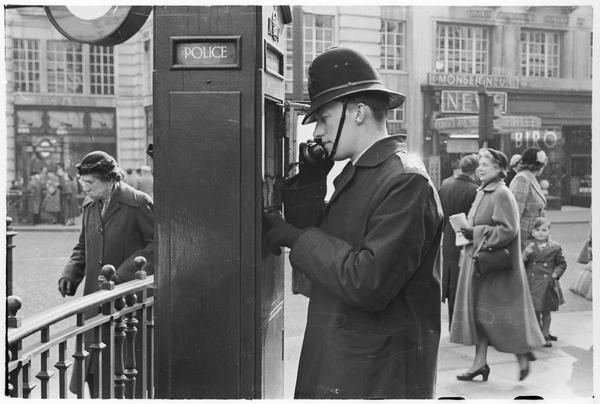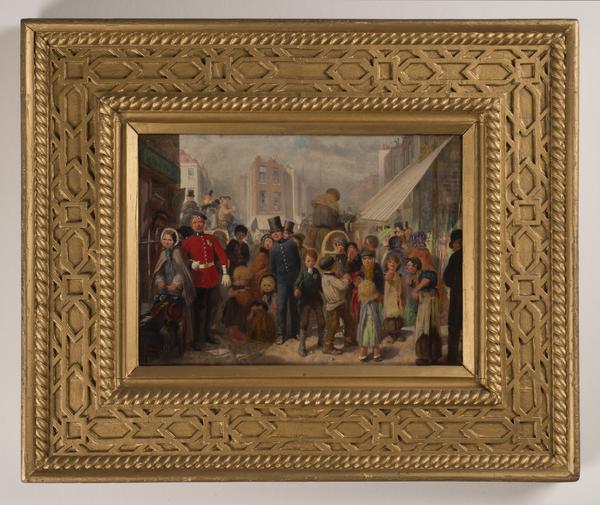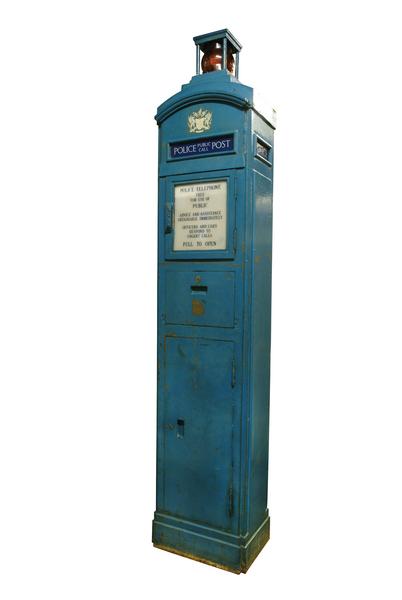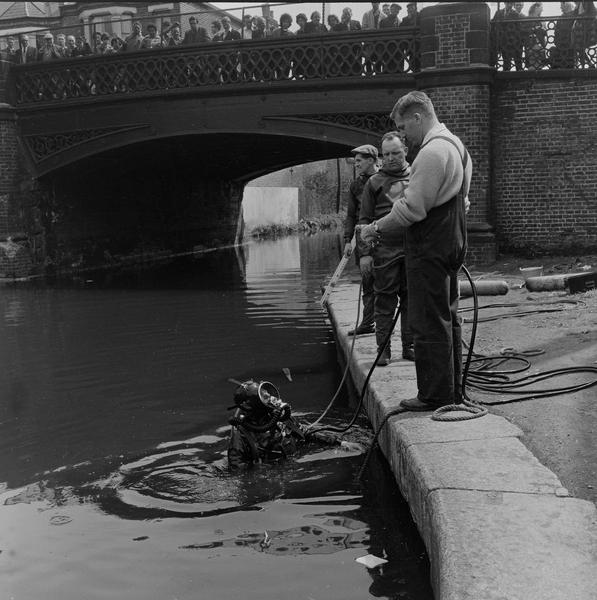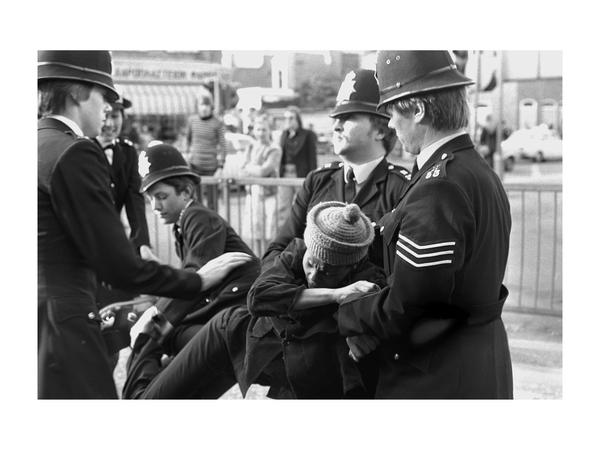The Metropolitan Police on London’s streets
Since 1829, the Metropolitan Police has been a constant presence in London. But how it looks, how it behaves – these things have changed immensely.
Across London
Since 1829

Bobbies, not soldiers
In the 19th century, Robert Peel founded the Met, London's first unified, professional police force. The top hat and blue coat seen here were its original uniform, styled to show the public that these weren’t soldiers or government spies.

Crime and poverty
By 1882 there were 11,700 Metropolitan Police officers patrolling to stop crime before it happened. This drawing shows a patrol in the East End, then one of London’s poorest areas, with an often unfair reputation for high levels of crime.

Crowd control
London is the home of the UK’s government – making the policing of protests a major part of the Met’s job. Campaigners often work with police to organise their rallies and marches. Still, protests can lead to conflict. This photo shows a 1910 march by Suffragettes demanding the right to vote.

New recruits
Before the Met hired its first women officers in 1919, there was the Women’s Police Service, shown here. These volunteers had links to the Suffragettes, meaning they weren't invited to join the Met. Ethnic diversity came much later. The Met hired its first Black officer, Norwell Roberts, in 1967.

Part of the furniture
The Met's presence in London extends beyond its officers. Its headquarters at Scotland Yard and stations around the city provide a base of operations – and a target for protest. Call boxes and call posts once allowed stations to contact officers on the beat, and let the public call for help.

Tools of the trade
Riot shields were first used in 1977 at the Battle of Lewisham, when anti-racist campaigners confronted National Front supporters. The Met have have always carried handcuffs and truncheons, but most UK police officers do not regularly carry guns or tasers.

Policing a pandemic
Police were asked to enforce the Covid-19 lockdowns in 2020 and 2021. But Londoners had faced strict rules before. During the Second World War, 1939–1945, food was rationed, while blackouts were enforced to prevent enemy planes from following the city’s glow. Even striking a match could result in a fine.


